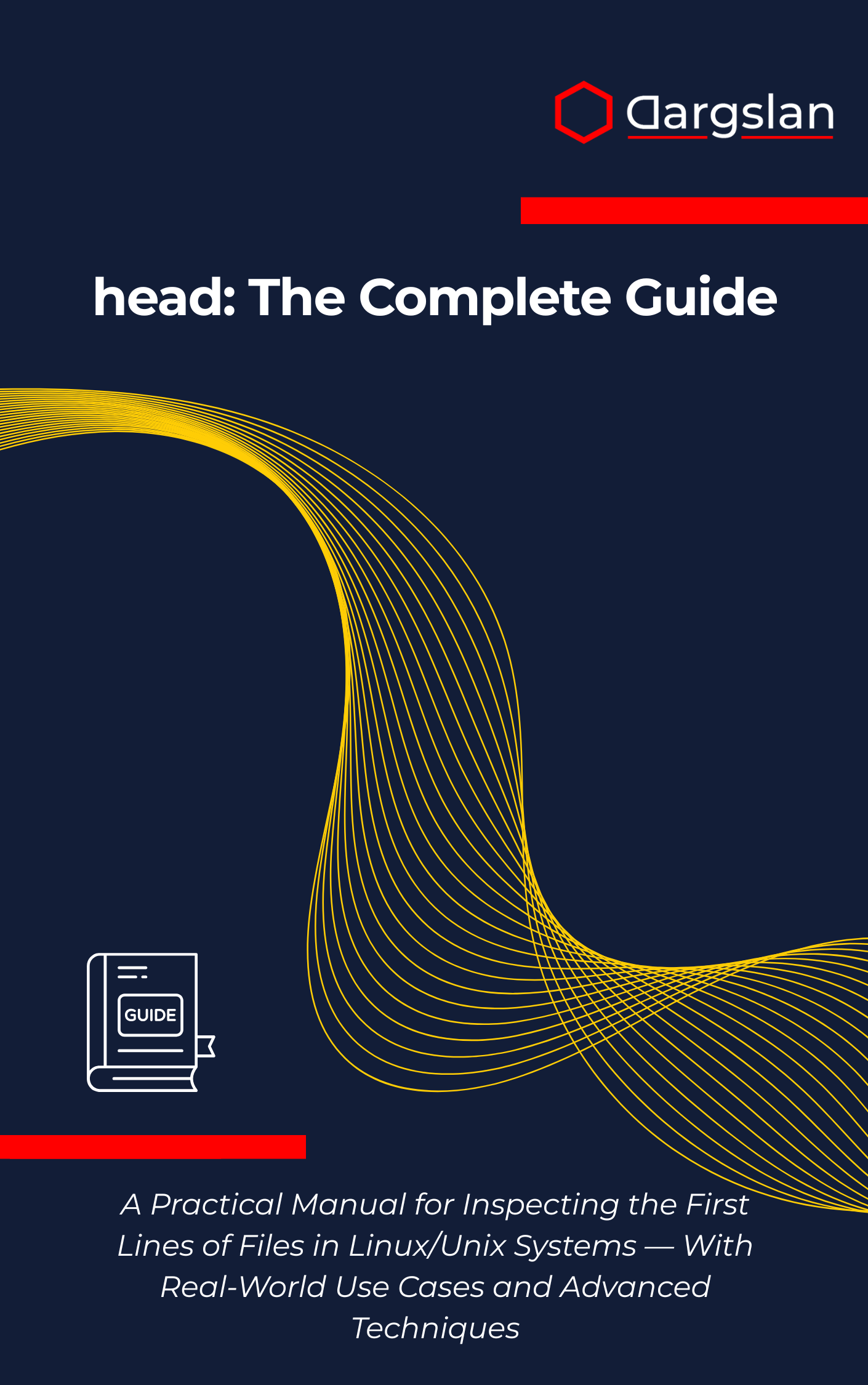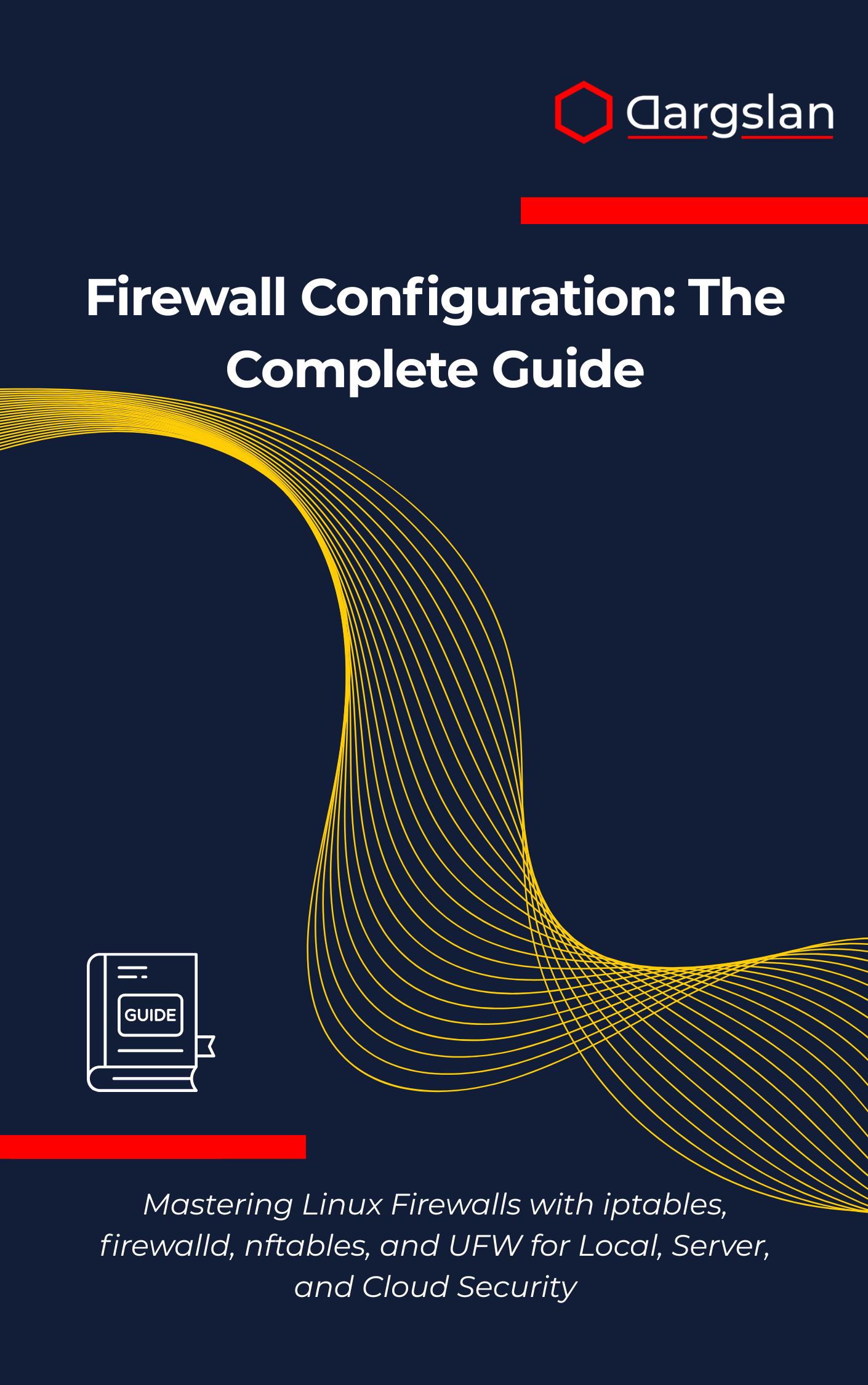head: The Complete Guide
head: The Complete Guide,Inspect and analyze the first lines of files in Linux using the head command like a pro.

When seconds matter on a busy server or in a fast-moving data project, clarity at the command line is everything. Mastering the first lines of a file lets you verify formats, spot issues, and make decisions without guesswork.
This book turns a humble daily command into a precise instrument for reliable, repeatable results—so you can move faster with confidence in Linux and Unix environments.
A Practical Manual for Inspecting the First Lines of Files in Linux/Unix Systems — With Real-World Use Cases and Advanced Techniques
Overview
head: The Complete Guide is an expert-crafted resource that elevates your everyday file inspection skills from basic curiosity to professional-grade practice. As A Practical Manual for Inspecting the First Lines of Files in Linux/Unix Systems — With Real-World Use Cases and Advanced Techniques, it delivers a deep dive into the head command and its place in modern Linux workflows. Whether you manage servers, ship code, or build data pipelines, you’ll learn to extract meaningful insight from the start of any file quickly and safely.
This IT book goes far beyond a simple cheat sheet. You’ll explore head command syntax, line-based file inspection, character-based output control, log file analysis, configuration file management, data processing pipelines, shell script integration, command combination techniques, large file handling, binary file considerations, security practices, performance optimization, and troubleshooting methodologies. It reads like a seasoned mentor—part programming guide, part technical book, and part real-world playbook—so you can apply every concept immediately.
From first principles to advanced pipelines, each chapter layers techniques that work across distributions and shells. You’ll see how to combine head with grep, awk, sed, sort, and process substitution to validate formats, preview schemas, and audit changes. The result is a practical toolkit that accelerates daily tasks while reinforcing safe, scalable practices across Unix-like systems.
Who This Book Is For
- System administrators and SREs who need rapid, reliable visibility into logs and configs to triage incidents, verify rollouts, and confirm service health without costly guesswork.
- Developers and data engineers who want to validate file structure, preview datasets, and integrate lightweight checks into CI, shell scripts, and data processing pipelines for fewer surprises.
- Students, career switchers, and self-taught technologists ready to strengthen command-line fundamentals and build job-ready confidence with a practical, repeatable approach.
Key Lessons and Takeaways
- Master precise output control for real-world diagnostics. Learn when to use line counts versus byte counts, how to handle very large files safely, and how to keep previews meaningful without over-reading or risking performance.
- Build powerful, composable pipelines. Combine head with grep, awk, sed, and cut to validate headers, confirm encodings, and do quick schema checks for CSV, JSON, and log streams—before they flow into heavier tools.
- Integrate quality gates into your workflow. Embed head in shell scripts, pre-commit hooks, and CI steps to catch malformed inputs, misconfigured services, and deployment drift early, saving time and reducing rollback risk.
Why You’ll Love This Book
The writing is clear, structured, and focused on outcomes, not just switches. Each topic pairs step-by-step guidance with practical examples, so you can see the direct impact on log analysis, configuration review, and data inspection. Checklists, quick references, and troubleshooting patterns make it a resource you’ll return to often.
How to Get the Most Out of It
- Start with the fundamentals, then progress chapter by chapter into advanced usage. This builds intuition for when to use line-based versus byte-based previews, when to quiet or annotate output, and how to standardize techniques across environments.
- Apply concepts immediately to your daily tasks. Preview rotated logs to confirm rollover, spot-check configuration defaults after package upgrades, and validate incoming data files before loading them into pipelines.
- Practice with mini-projects: create a log triage script that surfaces only the first N lines of each new file in a directory; build a pre-commit check that validates file headers; and assemble a small toolkit for CSV and JSON verification using head with grep and jq.
Get Your Copy
If you want faster troubleshooting, safer deployments, and repeatable command-line workflows, this book delivers a clear path to mastery. Level up a tool you already use—and start using it like a pro.




